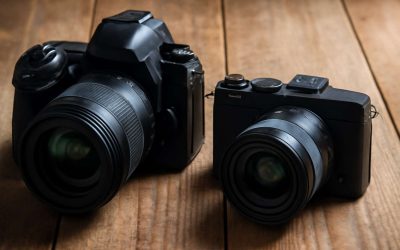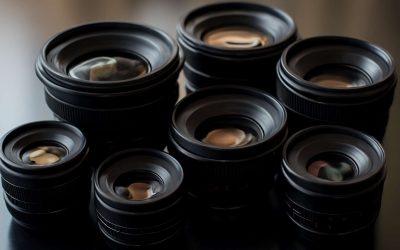
When it comes to Canon camera lenses, there is an amazing selection out there. The company has manufactured more than 150 million of their EF and RF lenses over the last 20 years. With so many different options, there can be confusion when it comes to picking the right lens for your needs, especially if you’re new to photography.
There are several types of canon camera lenses, and each one is designed to fit a specific type of camera. The EF lens mount is used by most Canon DSLRs and film SLRs, while the RF lens mount is designed for their newer mirrorless cameras. There are also many specialty lenses that can be used with either mount.
EF – stands for electo-focus, and is the name of the lens mount that was first introduced in 1987. EF lenses will always work on Canon DSLRs and film SLRs, and you can easily identify them by the red dot on their mounts. You can also tell if you have an EF-S lens by its white square on the back of the lens mount.
STM – stands for Stepper Motor technology, and is used to provide a quieter and smoother focus system. This is more useful for video recording, but can be beneficial for stills-photography as well.
L-series – this is the premium series of lenses from Canon, and they all feature the company’s excellent optical quality. They also offer modern features like BR optics to reduce flare and aberrations, and SWC coatings that help to keep your images sharp throughout the entire aperture range.
DO – Diffractive Optic (DO) technology allows for a smaller number of glass elements inside a lens, resulting in a smaller and lighter lens that is also built to the same high quality standard as an L-series lens. You can usually spot a DO lens by its green ring around the barrel.
CINE-SERVO – Cine-Servo lenses are special CN-E lenses that have removable hand zoom controllers. They are designed for use with cinematography equipment and are a little more expensive than the other lenses in the CN-E series.
ND – Neutral Density (ND) filters are often a good option when shooting in bright light. This helps to control the amount of light entering a lens, which can be useful for portrait photographers or other situations that require more light than a normal prime lens.
B&W – Black and white (B&W) is another popular style of photography, and Canon has a range of B&W lenses that are perfect for this. This style of photography is most commonly seen in wedding and event photos, but you can also use these lenses for other genres of photography, such as landscape or architecture.
Macro – Macro photography is another great niche for Canon lens manufacturers, and they have a wide variety of macro lenses available. These are all designed to focus very close, and they can render your subject much larger than it is in real life if you use the correct focusing distance.



0 Comments